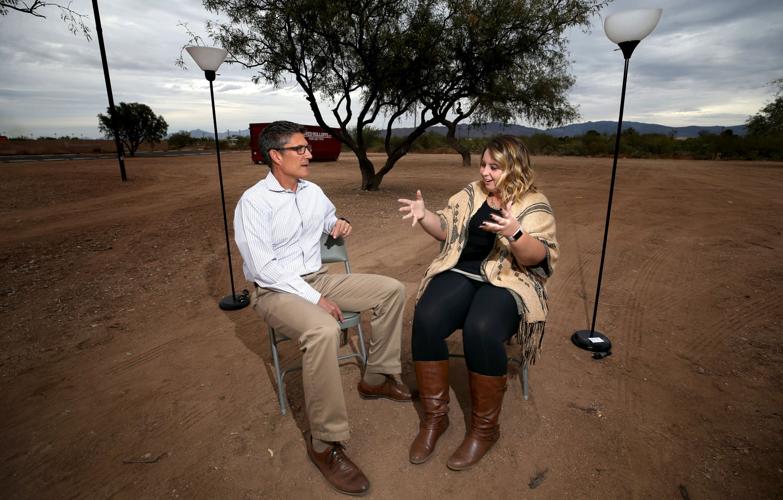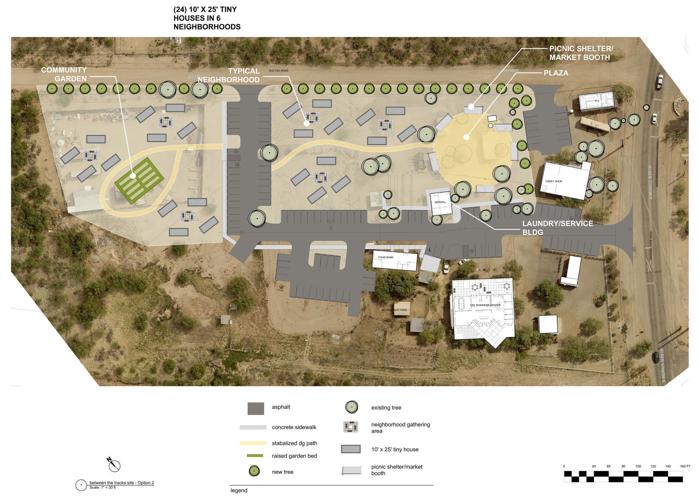The Vail Unified School District is known for its innovation, and a new proposal to build tiny homes on district land so at least some teachers could afford to live in the community where they work is, indeed, innovative.
But the plan is also a manifestation of a reality of public education in Arizona: Teachers, particularly early-career teachers, aren’t paid enough to afford housing in the communities where they work.
According to reporting from the Star’s Hank Stephenson, Vail hopes to have up to two dozen tiny homes — minimalist homes of about 300 square feet built on flatbed trailers — and is exploring ways to fund the project. They’d like to have at least four available by next fall.
The starting base salary of a Vail teacher is about $36,000 per year in a community where the median household income is $83,000 and the median home sale price is about $260,000, according to Stephenson.
Vail is unusual in that there are no apartment complexes within its boundaries. Many teachers live in Tucson and commute to work.
Superintendent Calvin Baker said, “I think the right way to frame it is not tiny homes versus suburban homes. It’s tiny homes versus small apartments, because that’s where most of us started.”
The district wants to recoup its costs, but not turn a profit, officials said. The land that would be used is at Old Vail and Colossal Cave roads, in Old Vail.
Using low-cost housing as an incentive to teachers isn’t new to rural districts. For example, Baboquivari Unified School District near Sells, on the Tohono O’Odham Nation, offers rents between $180 and $280 a month in housing it owns nearby. Sells is about a 90-minute drive from Tucson.
We understand the bind districts like Vail are in. They want teachers to find affordable housing, they see it as an incentive — a way to help teachers live near their schools and to be rooted in the community.
Vail doesn’t have apartments available, so it’s coming up with its own solutions.
Telling the Arizona Legislature — again — that teachers are underpaid and expecting them to remedy the situation would be largely fruitless. It would take more than nickels and dimes to pay teachers what they’re worth and for them to afford the cost of living in wealthier school districts.
Finding these solutions is a double-edged sword, one we are concerned will convey the very wrong impression that everything is fine, or is at least being accommodated. Teachers are experts at making-do, out of necessity, and, unfortunately, that allows the Legislature to take advantage.
Yet we can’t in good conscience say to Vail, “Don’t build the tiny homes.” They’re a good idea — one that shouldn’t be so sorely needed.





